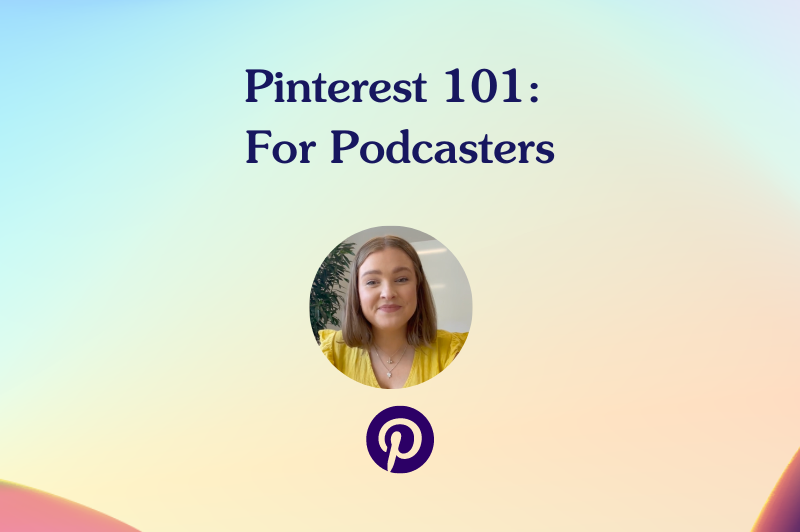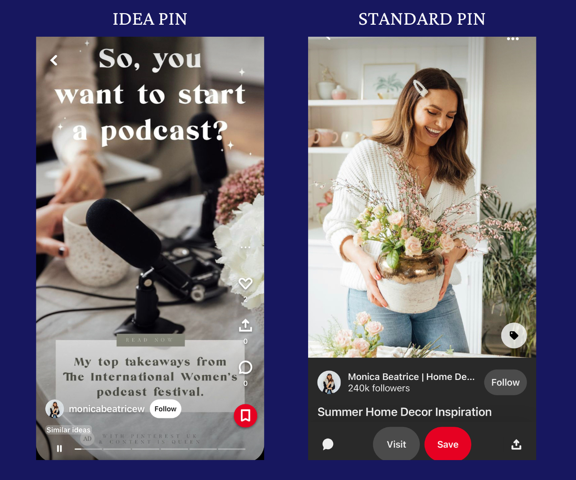We’ve previously covered finding sponsors for your podcast, and we’re back again with more tips and tricks on monetising your podcast. You’ll want to read on if you’re considering affiliate marketing or brand partnerships.
Affiliate marketing for podcasters
Affiliate links are an excellent starting point if you’re ready to dip a toe into brand partnerships. Affiliate links allow creators to earn a commission for a specific action from their audience, which is referred to as CPA (cost-per-action). The most common action is a sale, but you can also get paid for clicks, leads or referrals.
Many of your favourite brands will likely have an affiliate program in place. Their program will either be hosted on an affiliate network such as AWIN, LikeToKnowIt or Skimlinks, or managed in-house.
How you can use affiliate links
Step 1: To start with affiliate marketing, you can sign up for your preferred or several affiliate platforms.
Step 2: Once you’ve signed up, you’ll get access to a database of brands, and you can apply to their programs.
Step 3: Once accepted, you’ll be able to create affiliate links and earn an agreed commission for every action you generate.
Step 4: If you’d prefer to share a code with your audience, you can get in touch with the brand and request a code. They can track these codes, and you’ll earn a commission every time someone uses it.
Once you’re on an affiliate program and driving sales, referrals, or traffic for a brand, it presents new opportunities. You can use a proven track record to secure an increased commission, gifted items, commission bonuses or upfront payment in return for exposure.
There is no exclusivity clause when you’re working on an affiliate basis. So, you can promote various brands wherever relevant.
Top tip: affiliate marketing is at its best when it’s authentic. You have an audience that trusts you, and you don’t want to jeopardise that, so ensure you’re only promoting brands that align with your values and will appeal to your audience.
Brand partnerships for podcasters
As mentioned earlier, affiliate marketing is an excellent segway to brand partnerships. When you can show brands tangible results you’ve driven for them, they’re more likely to invest in your content, whether through gifting, discounts, or an upfront fee.
However, you don’t need affiliate links to establish meaningful brand partnerships. For example, perhaps there’s a particular clothing brand you’re always wearing on camera. Or if there’s a skincare brand you rave about in every episode, there’s an opportunity.
If there are brands you are a genuine fan of and already featuring organically, you’ve got the foundations of a successful brand partnership.
How to pitch brand partnerships
Step 1: Before you pitch to brands, you should create a media deck detailing everything they need to know about your podcast and its audience, including as much data as possible.
Step 2: Consider how you’d like to be compensated. Are you happy with gifting? Would you like to charge a set fee? Again, having a clear idea before negotiating with brands is essential.
Step 3: Use LinkedIn or Twitter to find partnership/influencer managers to reach out to, you don’t want your pitch to land in an unmonitored inbox.
Step 4: When going into a paid partnership with a brand, you should always ensure a contract is in place so you’ll get compensated as agreed.
Step 5: Be sure to read our guide on how to record great podcast ads so you can nail the delivery.
Top tip: it’s common for paid partnerships to require exclusivity, at least within their niche. So, pitch to your top choices first before considering other partners.
Again, brand partnerships can be an excellent foundation for securing long-term sponsorship for your podcast. So, consider the bigger picture and be prepared to play the long game when approaching affiliate marketing & brand partnerships for your podcast.
Want more tips and tricks? Join our community here, and read more of our insider podcasting and content creator knowledge here.







